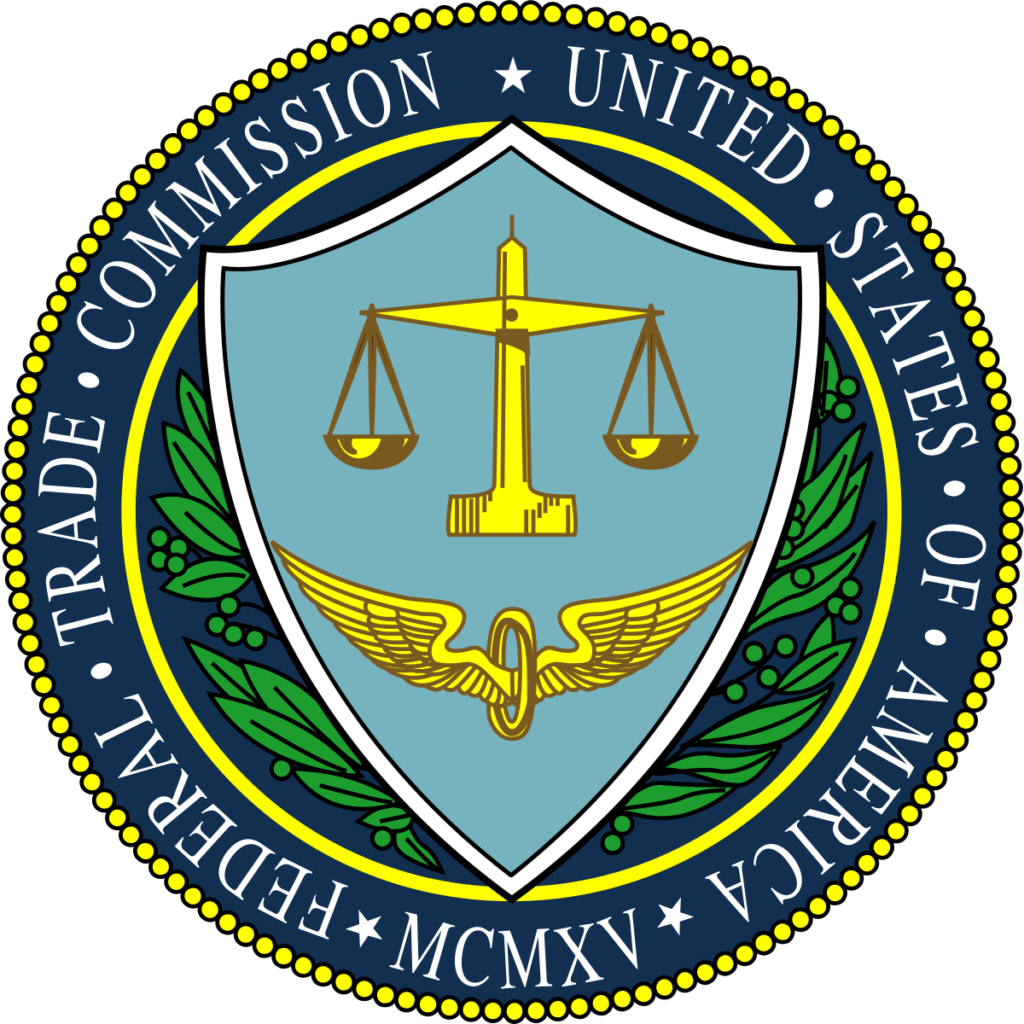
New York: The Federal Trade Commission (FTC) has expanded its definition of “diamond” to include those grown in a laboratory, as part of several changes to its jewelry guidelines.
The FTC’s previous definition of a diamond stated: “A diamond is a natural mineral consisting essentially of pure carbon crystallized in the isometric system.” This is no longer applicable, the commission said Tuesday. The new listing does not include the word “natural.”
“When the commission first used this definition in 1956, there was only one type of diamond product on the market — natural stones mined from the earth,” the FTC said. “Since then, technological advances have made it possible to create diamonds in a laboratory. These stones have essentially the same optical, physical and chemical properties as mined diamonds. Thus, they are diamonds.”
The fact that diamonds exist “in the soil of [the] earth” is not a necessary attribute, lab-grown producer Diamond Foundry argued after the FTC requested input from members of the trade. The commission agreed.
One should also qualify the word “cultured” when describing man-made stones, the commission added, as the term on its own often leads consumers to believe a diamond is mined. The commission suggests marketers use words such as “man-made,” “lab-grown” or “foundry” to qualify “cultured,” thereby avoiding confusion about a diamond’s origins.
However, marketers should not use the word “synthetic” to qualify “cultured,” the FTC noted, as it creates confusion among consumers, who believe the term indicates a stone is fake or artificial.




 By
By